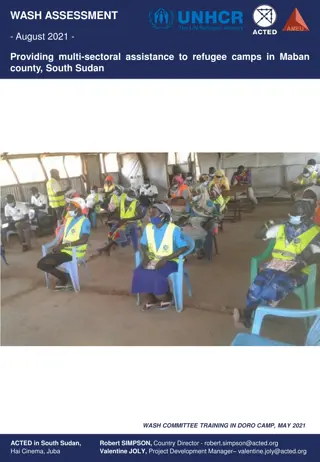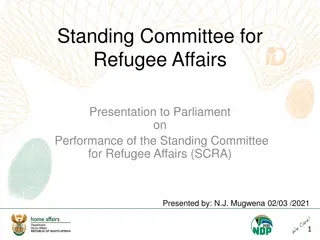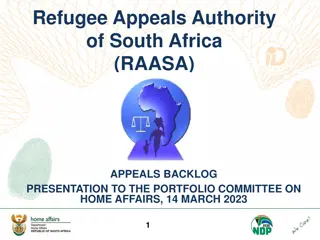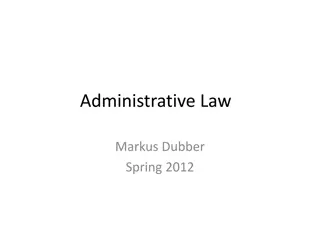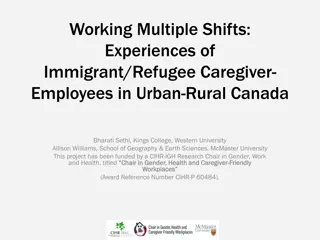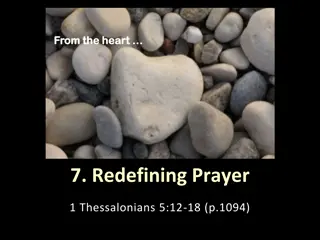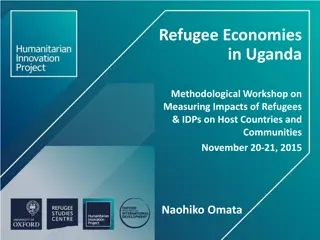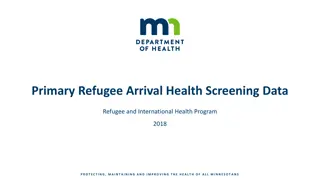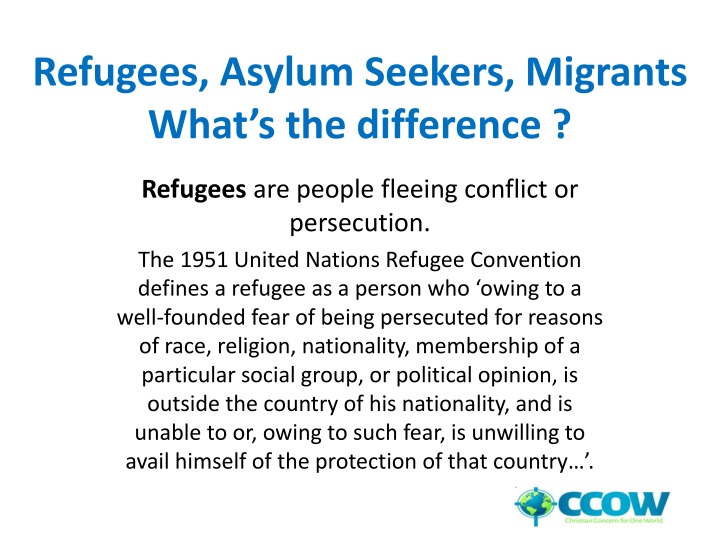
Differences Between Refugees, Asylum Seekers, and Migrants
Learn about refugees, asylum seekers, and migrants - their definitions, rights, and global statistics. Discover where most refugees are located worldwide and how many are in the UK. Understand the nuances of these terms and the challenges faced by forcibly displaced individuals.
Download Presentation

Please find below an Image/Link to download the presentation.
The content on the website is provided AS IS for your information and personal use only. It may not be sold, licensed, or shared on other websites without obtaining consent from the author. If you encounter any issues during the download, it is possible that the publisher has removed the file from their server.
You are allowed to download the files provided on this website for personal or commercial use, subject to the condition that they are used lawfully. All files are the property of their respective owners.
The content on the website is provided AS IS for your information and personal use only. It may not be sold, licensed, or shared on other websites without obtaining consent from the author.
E N D
Presentation Transcript
Refugees, Asylum Seekers, Migrants What s the difference ? Refugees are people fleeing conflict or persecution. The 1951 United Nations Refugee Convention defines a refugee as a person who owing to a well-founded fear of being persecuted for reasons of race, religion, nationality, membership of a particular social group, or political opinion, is outside the country of his nationality, and is unable to or, owing to such fear, is unwilling to avail himself of the protection of that country .
Refugees, asylum seekers, migrants - what s the difference ? An asylum seeker is someone who has lodged an application for protection on the basis of the UN Refugee Convention or Article 3 of the European Convention on Human Rights. An asylum seeker has the right to stay in the country while his or her application is dealt with. If the application is accepted, i.e. the authorities believe that the person would be at risk if returned to their home country, he or she is given refugee status. Refugees are allowed to stay long-term or indefinitely. Those whose asylum applications are refused must leave the country, unless they wish to appeal the decision or there are legitimate reasons why they cannot yet return home.
Refugees, asylum seekers, migrants - what s the difference ? A migrant is simply any person who has moved to another country. Migrants have different reasons for migrating, including persecution, conflict and seeking work. They may or may not have a legal right to reside in the new country.
How many refugees are there worldwide? There are over 68 million people worldwide who are forcibly displaced. Most of these stay within the borders of their country of origin and are known as internally displaced people . The current worldwide total number of refugees , who have fled into another country, is over 25 million.
Where are the refugees worldwide? The majority of refugees do not go further than their neighbouring country. 80% of the world s displaced people are in developing countries. The 5 countries which are hosting the most refugees are: Turkey (3.5 million), Pakistan (1.4million), Uganda (1.4million),Lebanon (1.0 million) and Iran (979,000). The three countries from which most refugees currently come (57% of the worldwide total) are: Syria, Afghanistan and South Sudan.
How many refugees are there in the UK? The latest UN statistics, for the end of 2016, record that in the UK there are a total of 118,995 refugees and 46,784 asylum seekers (whose cases are still pending).
What about Syrian refugees? In September 2015 the UK government made a commitment to take 20,000 Syrian refugees over 5 years and established the Syrian Vulnerable Person Resettlement Programme, through which refugees would be brought directly out of UNHCR camps near Syria. So far over 11,600 people have come to the UK through this scheme (figures up to March 2018).



